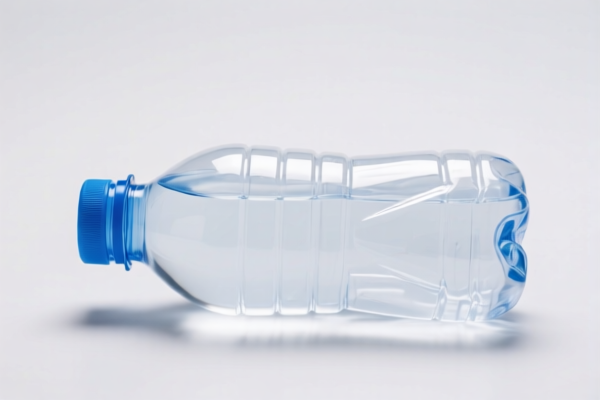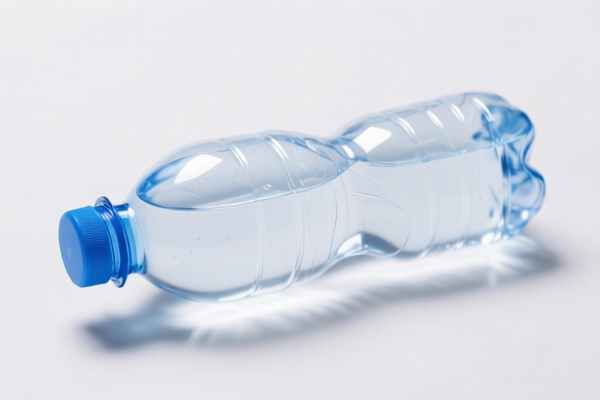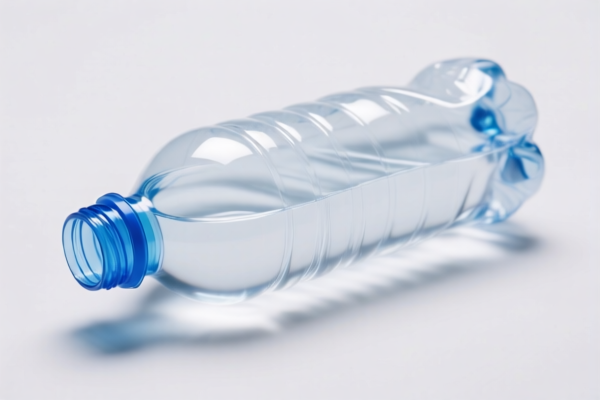| HS Code | Official Doc | Tariff Rate | Origin | Destination | Effective Date |
|---|---|---|---|---|---|
| 3923300010 | Doc | 58.0% | CN | US | 2025-05-12 |
| 3923300090 | Doc | 58.0% | CN | US | 2025-05-12 |
| 3918901000 | Doc | 60.3% | CN | US | 2025-05-12 |
| 3918905000 | Doc | 59.2% | CN | US | 2025-05-12 |




Plastic Mini Plastic Bottle
A plastic mini plastic bottle is a small container, typically holding less than 100ml (though sizes vary significantly), constructed from plastic materials. These bottles are widely used for the storage, transportation, and dispensing of liquids, semi-liquids, and powders.
Material
The most common plastics used in their manufacture include:
- Polyethylene Terephthalate (PET): Clear, strong, and commonly used for water, soft drinks, and personal care products. Offers good barrier properties.
- High-Density Polyethylene (HDPE): More opaque, rigid, and chemical-resistant. Frequently used for household cleaners, shampoos, and lotions.
- Low-Density Polyethylene (LDPE): More flexible than HDPE, often used for squeeze bottles.
- Polypropylene (PP): Resistant to heat and chemicals, suitable for storing a wider range of substances.
- Polyvinyl Chloride (PVC): Less common due to environmental concerns, but sometimes used for specific applications requiring rigidity.
Purpose
The primary purpose of these bottles is containment. They are utilized across numerous sectors, including:
- Cosmetics & Personal Care: Sample sizes, travel containers for lotions, shampoos, conditioners, and perfumes.
- Pharmaceuticals: Small volumes of liquid medications, eye drops, and solutions.
- Household Chemicals: Cleaning solutions, disinfectants, and detergents in trial or single-use sizes.
- Food & Beverage: Sample-size sauces, condiments, and flavorings.
- Industrial Applications: Laboratory reagents, solvents, and small volumes of chemicals.
- Arts & Crafts: Paints, glues, and inks.
Function
Mini plastic bottles function by providing a leak-proof and often tamper-evident container for various substances. Key functional features include:
- Containment: Preventing leakage and spillage.
- Dispensing: Controlled release of contents through various closure types (screw caps, flip-top caps, spray nozzles, dropper applicators).
- Protection: Shielding contents from light, air, and contamination.
- Portability: Small size allows for easy transport and storage.
- Identification: Often transparent or labeled for easy content identification.
Usage Scenarios
- Travel: Carrying toiletries and medications in airline-compliant sizes.
- Sampling: Providing trial-size portions of products to customers.
- Single-Use Applications: Dispensing small amounts of chemicals or cleaning solutions.
- Laboratory Work: Storing and handling small volumes of reagents.
- Refilling: Reusable bottles for personal care products.
- DIY Projects: Mixing and applying paints, glues, and other materials.
Common Types
- Screw-Top Bottles: Most common type, offering a secure seal.
- Flip-Top Bottles: Convenient for quick dispensing.
- Spray Bottles: Ideal for applying liquids in a fine mist.
- Dropper Bottles: Precise dispensing of small volumes.
- Squeeze Bottles: Flexible plastic for controlled dispensing of viscous liquids.
- Roll-On Bottles: Commonly used for perfumes and essential oils.
- Boston Round Bottles: A classic cylindrical shape often used for pharmaceuticals and cosmetics.
The declared goods are plastic mini bottles, which are articles for the conveyance or packing of goods made of plastics. These bottles are small in size and likely used for containing or transporting various substances.
The following HS codes are relevant based on the provided information:
-
3923300010: Articles for the conveyance or packing of goods, of plastics; stoppers, lids, caps and other closures, of plastics: Carboys, bottles, flasks and similar articles Of a capacity not exceeding 50 ml. This code specifically covers plastic bottles with a capacity of 50 ml or less.
- 39: Chapter 39 covers plastics and articles thereof.
- 23: Heading 23 relates to articles for the conveyance or packing of goods, of plastics.
- 300010: Subheading 300010 further specifies carboys, bottles, flasks and similar articles with a capacity not exceeding 50 ml.
- Tax Rate Details: Basic tariff: 3.0%, Additional tariff: 25.0%, Additional tariff after 2025.4.2: 30.0%, Total tariff: 58.0%.
-
3923300090: Articles for the conveyance or packing of goods, of plastics; stoppers, lids, caps and other closures, of plastics: Carboys, bottles, flasks and similar articles Other. This code covers plastic bottles with a capacity exceeding 50 ml.
- 39: Chapter 39 covers plastics and articles thereof.
- 23: Heading 23 relates to articles for the conveyance or packing of goods, of plastics.
- 300090: Subheading 300090 further specifies carboys, bottles, flasks and similar articles other than those specified in 300010.
- Tax Rate Details: Basic tariff: 3.0%, Additional tariff: 25.0%, Additional tariff after 2025.4.2: 30.0%, Total tariff: 58.0%.
Customer Reviews
No reviews yet.